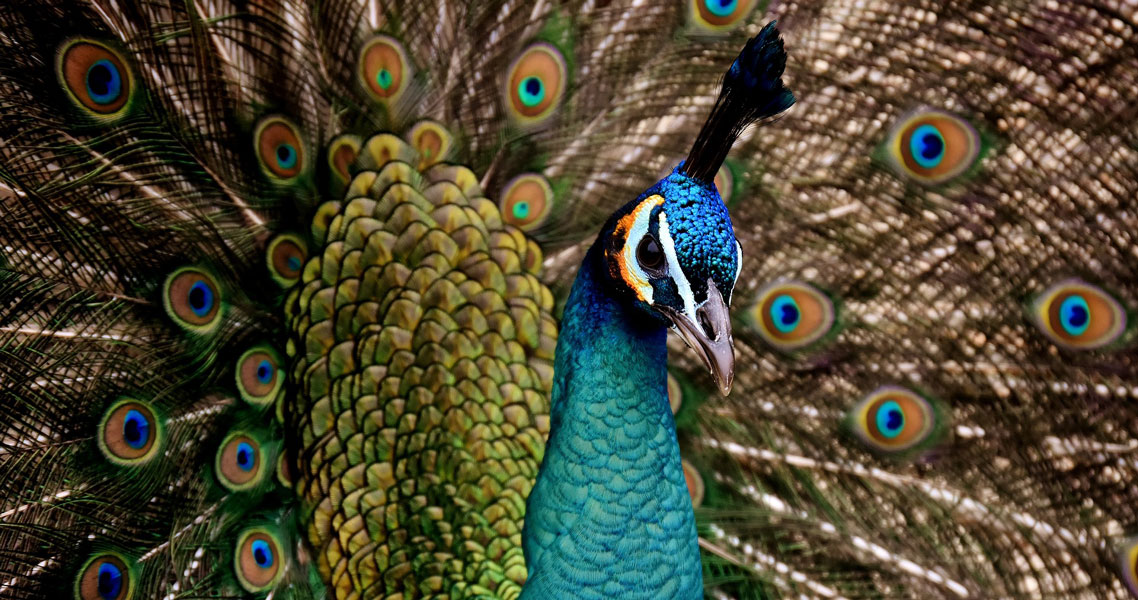“Everything has beauty, but not everyone sees it.”—Confucius
Every moment we have a choice: create beauty in the world—or besmirch it with ugliness. We can paint things any way we want to—but this can be a tough realization for many of us to buy into. Taking one hundred percent responsibility for our actions and perceptions takes a steady and determined hand. We falter easily enough, in the face of the blizzards of perceived “ugliness” that seem to blow and howl against us with startling intensity and consistency.

We can speak beauty. We can perceive beauty. We can manufacture beauty. We can attract beauty. We can share beauty. We can ask for beauty. We can have an attitude of beauty. Or not. The irony of our addiction was that our addiction had its origins so much in the yearning for beauty—through ecstatic experiences, transcendent bliss or a kind of frenzied elation. Over time though, as our addiction grew, the quest for beauty devolved into a desperate attempt to maintain even a semblance of sanity. We were seriously out of control—and beauty quickly got tossed into the backseat as we white-knuckled down the freeway.
In recovery, we learned to restore our sense of the beautiful. To restore it within ourselves, to see it in others. We became less likely to chase beauty down, to try grab it and force it. We kiss beauty as it flies past—without attempting to arrest it and jail it. We found that the less we cursed and swore at life, the more life would respond with a smile.
Today, let’s contemplate a person or situation that we currently recoil from. Can there be a way we can transform the perceived ugliness into something of beauty? Even for a few transformative moments?
Let’s practice this attitude of beauty with this simple process:
Sit quietly. Contemplate the object of your distaste. Put your right hand over your heart area. Inhale and draw this perception into your heart area, softening it and lightening it with a sense of appreciation as you do so. Exhale and send the perception back out—hopefully at least somewhat transformed. Repeat this process about twelve times, or until you feel complete. Watch as the object of your distaste gradually loses its power over you…
I set sail on the high seas of beauty—and my heart opens.